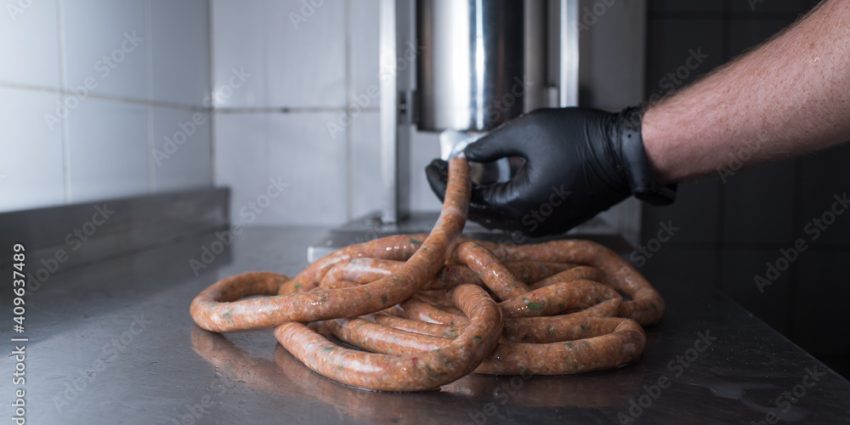Sausage-making is both an art and a science. An outstanding sausage starts with high-quality ingredients – including the casing. Casings provide shape and texture, contribute to flavor, and impact shelf life. With so many options, from natural to artificial, how do you choose the right one?
For fresh sausages, natural casings can’t be beaten. Options like hog, sheep, or beef intestines impart subtle flavor notes. Collagen casings are highly uniform in size. Choose carefully based on the sausage diameter you want. Prepare natural casings properly – flush, soak, and rinse before stuffing.
Artificial casings work well for cooked sausages and long aging. Cellulose, collagen, and plastic casings are manufactured to precise sizes. Test different thicknesses to achieve the firmness and bite you want. Pick casings with some permeability; the ideal amount varies by recipe. Always handle and store artificial casings as recommended.
No matter the type, the best casings are flawless, consistent, and robust enough to hold up during stuffing and cooking. Consult supplier guidance and resist overstuffing. For specialties like dry-cured sausages, extra effort in casing preparation is required.
Take time to test casing samples with your recipes. Evaluate freshness, how they take seasoning, and if moisture is retained. Your hard work crafting great sausage is wasted without the right interface to the consumer – the casing. Partner with trusted suppliers and don’t cut corners. Remember, the sensory experience starts with that satisfying “snap” when the sausage is bitten. Get your casings right and your customers will keep coming back for more!
Let us know your favorite types of casings and any tips for novice sausage makers!

